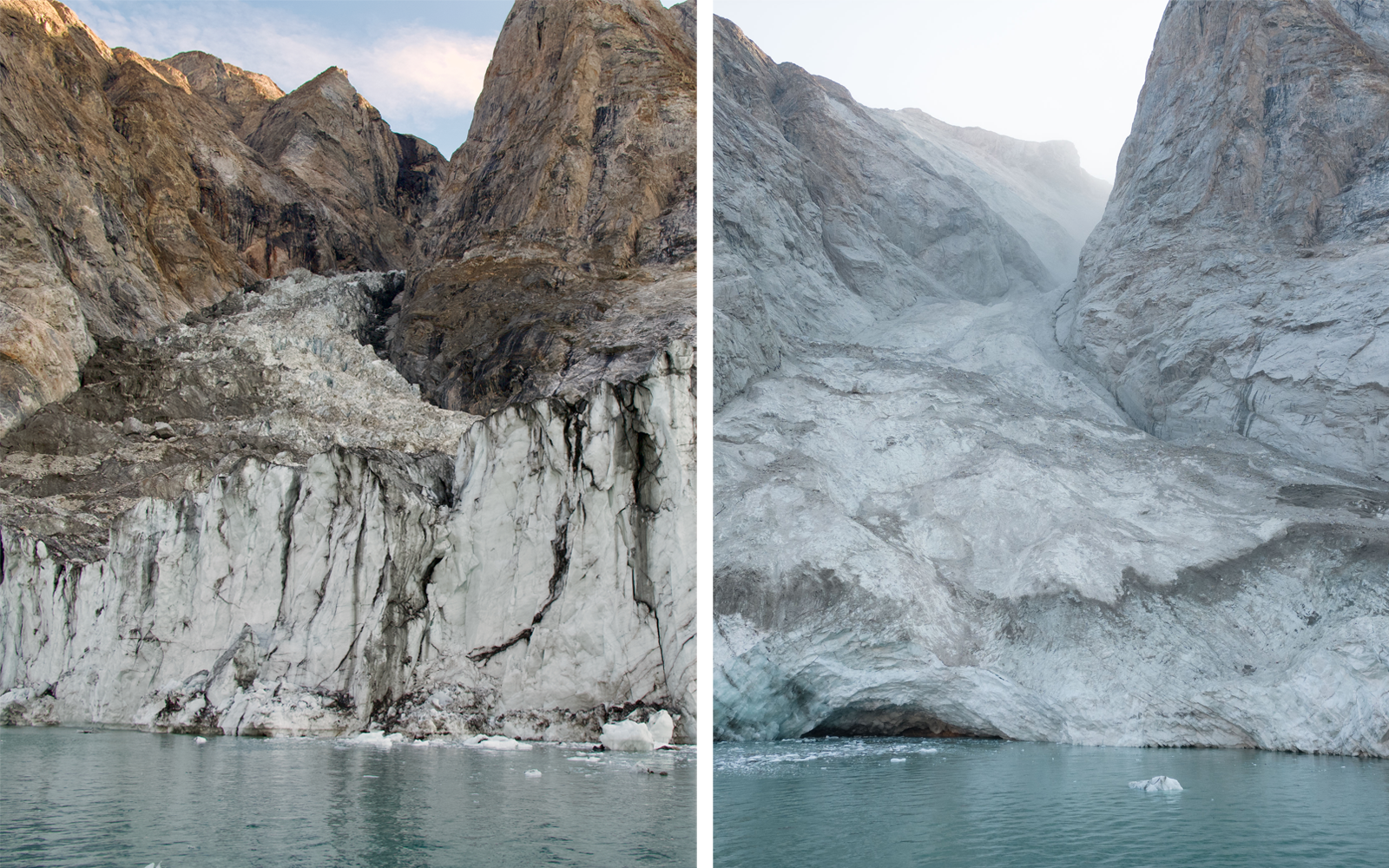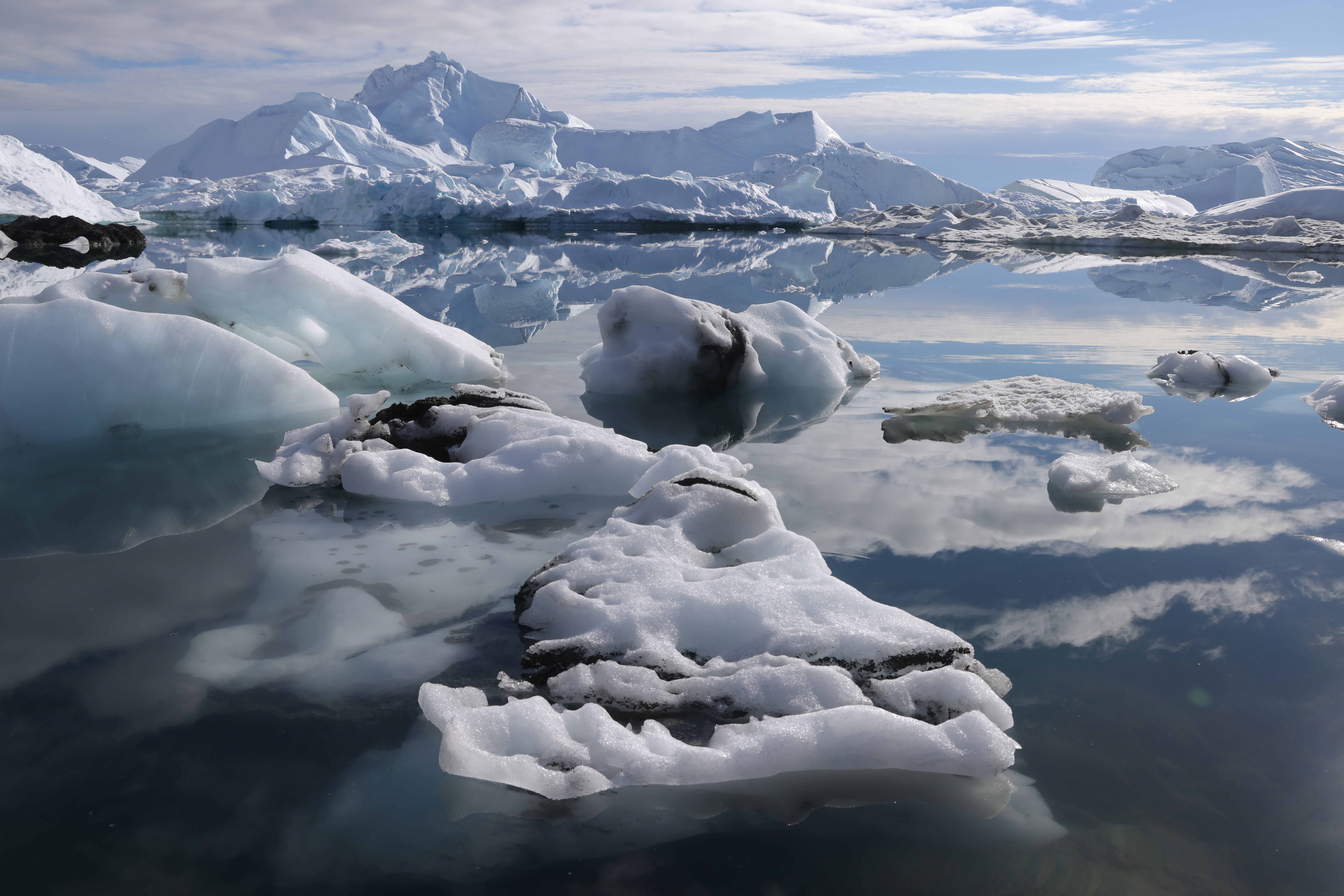A massive landslide in remote Greenland has caused the Earth to shake for nine straight days, emitting a mysterious seismic signal and leaving scientists searching for answers.
Scientists say the landslide, which occurred last September, triggered a massive tsunami in Dikson Fjord and produced mysterious seismic activity and a global “hum” that is different from normal seismic activity and has sparked a worldwide investigation to understand its origins and potential impacts.
Researchers from University College London (UCL) and other institutions traced the event to a massive rockslide that ultimately triggered a massive tsunami, and argue that it has a direct link to the climate crisis.
The landslide began when a 1.2-kilometre-high mountain peak collapsed into the fjord, sending a 200-metre-high wave crashing through the narrow waterway.
The waves initially reached heights of 110 metres and set off vibrations that were detected by seismometers around the world, from the Arctic to the Antarctic.
“When we first saw the seismic signal we were completely baffled,” said Dr Stephen Hicks, from UCL’s School of Geosciences, and one of the study’s co-authors.
“We know that seismometers can record a variety of phenomena occurring on the Earth’s surface, but never before have we recorded seismic waves that last this long and travel across the entire planet, containing only a single vibrational frequency.”
The seismic signal was composed of only one stable and monotonous frequency, unlike normal earthquake vibrations. This unusual “tremor” led scientists to name it “USO,” or Unidentified Seismic Object.
But it wasn’t until reports of the Greenland tsunami reached researchers that they began to connect the dots.

The researchers, a team of 68 scientists from 40 institutions, worked together to reconstruct the event, combining satellite imagery, field measurements and advanced mathematical modelling to demonstrate that the oscillations were caused by water sloshing back and forth in the fjord, and that the phenomenon lasted for nine days.
According to the study, this landslide Published In the journal ScienceIt was triggered by the thinning of the glaciers at the base of the mountain, which could no longer support the weight of the rocks above them. This was a direct result of the ongoing effects of the climate crisis, which has significantly weakened Greenland’s glaciers in recent years.
Previous studies have found that the Greenland ice sheet is losing an average of 30 million tonnes of ice per hour due to the climate crisis, a result of a sudden rise in global temperatures due to carbon pollution caused by the burning of coal, oil and gas.

“this [landslide] “This phenomenon highlights the complex interrelationships between climate change in the atmosphere, destabilisation of glacial ice, movements of bodies of water and the Earth’s solid crust,” Dr Hicks said.
“This is the first time that water has been recorded vibrating through the Earth’s crust and moving around the world, lasting for several days.”
Lead author Dr Christian Svennevig, from the Geological Survey of Denmark and Greenland, said this was the first landslide and tsunami ever recorded in eastern Greenland.
“As a landslide scientist, another interesting thing about this study is that this is the first landslide and tsunami ever observed in eastern Greenland, showing that climate change is already having a major impact there,” he said.
This tsunami was so unusual that it tested the limits of current scientific models for simulating such events.
“This unusual tsunami challenges the classical numerical models previously used to simulate tsunami propagation over a few hours,” said co-author Anne Mangeny of the Institute of Planetary Physics of Paris.
“Capturing this long-lasting phenomenon in Greenland required unprecedented numerical resolution, which opens new avenues for the development of numerical methods for tsunami modeling.”
It reached a maximum height of four metres, damaging a research station 70 kilometres away and destroying cultural heritage.

There were no cruise ships near the fjord at the time, but researchers warned that such events could pose an increased risk in future.
Scientists are warning that as the climate crisis worsens, we need to pay more attention to possible catastrophic changes to the Earth’s landscape in the future.
Researchers say continued monitoring of areas previously thought to be geologically stable is needed to provide early warning of major landslides and tsunamis.
“Without a worldwide network of high-fidelity broadband seismic stations, we would not have been able to discover or analyze this amazing event,” said co-author Thomas Forbriger from the Karlsruhe Institute of Technology.
The Independent newspaper Climate 100 List We will be holding an online event in New York in September.







